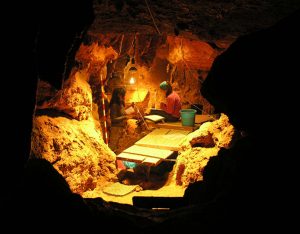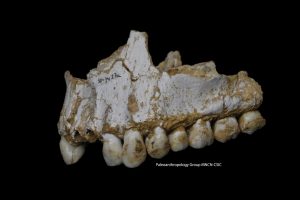Analysis of dental calculus from a Neanderthal upper jaw found in cave sites in Spy, Belgium, and El Sidrón, Spain, provided new details about the diet of the Neanderthal populations living in Europe between 50000-42000 years ago.

Team of scientists analysed and compared dental plaque samples from four Neanderthals found on both sites. This is also the oldest dental plaque ever to be genetically analysed. Researchers discovered that the individuals from Spy Cave consumed woolly rhinoceros and European wild sheep, supplemented with wild mushrooms while those from El Sidrón Cave showed no evidence for meat consumption, but appeared instead to have a largely vegetarian diet, comprising pine nuts, moss, mushrooms and tree bark.

Moreover, one individual from El Sidrón, who suffered from a dental abscess visible on the jawbone, showed an intestinal parasite that causes acute diarrhoea, and was eating poplar, which contains the pain killer salicylic acid, and a natural antibiotic mould (Penicillium), not seen in the other specimens, was also detected. This provides information that Neanderthals possessed a good knowledge of medicinal plants and their various anti-inflammatory and pain-relieving properties, and seem to be self-medicating. The Neanderthal plaque allowed reconstruction of the oldest microbial genome yet sequenced – Methanobrevibacter oralis, that can be associated with gum disease.
(after Antonio Rosas, PhysOrg, Popular Archaeology & Paleoanthropology Group MNCN-CSIC)